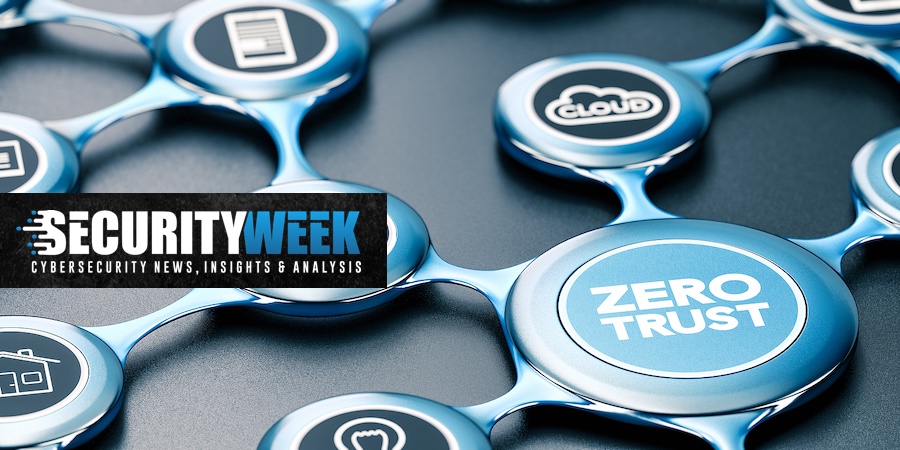The world has been taught numerous life lessons over the last couple of years, but it’s clear that millions of people still haven’t learned one of the most basic when it comes to security. A report from NordPass has revealed that millions of people still haven’t broken the habit of using easy-to-remember, but easy-to-hack passwords. Of the 200 most common passwords, ‘password’ took the number one spot, but unfortunately for the more than four million people using it, it can be broken in less than a second. Other popular passwords included ‘guest’ and the ever-so-creative ‘123456’. When it comes to breaches, all roads still lead to identity. Hackers don’t hack in anymore. They log in using stolen, weak, default, or otherwise compromised credentials. That’s why it’s so critical to break the password dependency cycle. But how can this be done?
Typically, hackers seek the path of least resistance and target the weakest link in the cyber defense chain ― humans. Consequently, most of today’s data breaches are front-ended by credential harvesting campaigns, followed by credential stuffing attacks. Once inside, hackers can fan out and move laterally across the network, hunting for privileged accounts and credentials that help them gain access to an organization’s most critical infrastructure and sensitive data. In fact, a study by the Identity Defined Security Alliance (IDSA) reveals credential-based data breaches are both ubiquitous (94% of survey respondents experienced an identity-related attack) and highly preventable (99%).
Today’s economic climate exacerbates these cyber risks, and the impact of the COVID-19 pandemic has led to an acceleration in digital transformation and technical change that will further stress-test organizations’ dependency on passwords. This creates new challenges in minimizing access-related risks across traditional datacenters, cloud, and DevOps environments. As a result, organizations need to look beyond usernames and passwords when it comes to granting access to valuable data and critical systems. While employee education and training can help, what’s needed are additional measures to ensure secure access…which is what Zero Trust Network Access (ZTNA) provides.
ZTNA solutions create an identity- and context-based, logical access boundary around an application or a set of applications. Access is granted to users based on a broad set of factors, for instance, the device being used, as well as other attributes such as the device posture (e.g., if anti-malware is present and functioning), time/date of the access request, and geolocation. Upon assessing the contextual attributes, the solution then dynamically offers the appropriate level of access at that specific time. As there is a constant change in the risk levels of users, devices, and applications, access decisions are made for each individual access request.
Roadmap to Success
When it comes to implementing emerging technologies like ZTNA, it is always important to listen to the early adopters, as they can provide insights into key factors to success and help avoid pitfalls. Organizations that have recently adopted ZTNA report the following key factors were critical to their success:
- Assess Application Usage Prior to ZTNA Implementation: Since one of the contextual attributes in making access decisions is the relationship between users and applications, it’s essential to gain insights into the application usage prior to the implementation process. To assist with this discovery process, some early adopters of ZTNA reported that they leveraged endpoint visibility solutions to gain insights into the usage of both installed and Web applications. Others simply interviewed the heads of specific departments (e.g., sales, finance, HR) to gather details. The insights were subsequently used to map users with the required application access and ultimately influence the scope of the policies.
- Define Granular Access Policies: Don’t treat ZTNA the same way as traditional VPNs, whereby users are granted access to all applications. Instead, spend some time to draw up granular access policies that are derived from identifying specific use cases (e.g., contractor access, access to highly sensitive applications) and define user-specific policies.
- Eliminate Standing Application Entitlements: Take the opportunity to clean up application access privileges based on your assessment of application usage as part of the rollout of the ZTNA project.
- Establish a Continuous Feedback Loop: As your business needs constantly evolve, so should your application access policies. Thus, it is essential to fine-tune established access policies on an ongoing basis. Many early adopters of ZTNA policies recommended a quarterly audit/review process during the initial phase of the implementation process, and then switching to a bi-annual process once the ZTNA program has matured. Ultimately, you want to establish a mindset that focuses on continuous improvement and refinement of the access policies.
- Assure User and Business Leader Buy-In: As with all technology implementations, it is vital to assure buy-in from both business leaders and users as early as possible. For example, implementing a user focus group as part of your initial planning process is a good strategy. These participants contribute to try-storming and provide early input, as well as raise any concerns about user experience prior to moving into the implementation phase. This saves costs by avoiding otherwise necessary rounds of iterations and helps increase adoption rates overall.
- Select Best-of-Breed Solutions: Evaluate ZTNA offerings for their ability to be resilient, meaning functioning across disruptions, unintentional decay, or malicious actions that are fundamental to their operations. Assess solutions for the capability to gather deep visibility into all endpoints, data, network, and applications within your organization. Consider ZTNA solutions that conform with the National Institute of Standards and Technology (NIST) Zero Trust Architecture, whereby the policy enforcement should be as close as possible to the user, meaning they should be enforced directly at the endpoint.
While there are a variety of paths to break the dependency on passwords, ZTNA allows organizations to minimize their attack surface while ensuring the productivity of their remote workforce.















